Monk’s beard, agretti, roscani, monk’s mustard, whatever they are called, they are always the same vegetable, those little bunches of stringy green leaves that are harvested in spring. Dietary and versatile, you can introduce them into your diet without difficulty.
Agretti are the shoots and sprigs of a plant belonging to the Chenopodiaceae family. In Italy they are known with different names according to the place where they are born, for example they are called monk’s beard and monks’ mustard, whereas in botany they are known as Salsola soda.
This vegetable, typically found in springtime, offers many nutritional properties. Thanks to the high content of water, it is capable of purifying the body and has very few calories. Agretti contain vitamins, mineral salts and are rich in fibers, therefore favoring bowel regularity. They are also indicated in low-calorie diets as they have very few carbohydrates and lipids are almost absent. They also have a good content of antioxidants capable of preventing premature aging of cells. Let’s see now how to use them in cooking.
How to cook agretti: cooking, ideas and pairings
Type and preparation of agretti
Agretti are bought fresh in springtime when sprouts and sprigs are young and tender, the older ones, in fact, are not edible. They should be chosen according to the color which must be a bright green, synonymous with freshness.
They must be carefully cleaned in water as they tend to keep a lot of soil, and then the part near the roots must be removed, where the green begins to fade. At this point they can be eaten raw, in this case agretti must be extremely young and tender, or cooked according to your taste, we suggest the lightest cooking methods: boiling, steaming and pan cooking.
- Boiling: after cleaning the agretti, immerse them in a little salted water and cook for about 5-10 minutes (the time may vary depending on the amount used and personal taste). Once drained you just have to eat them seasoned simply with olive oil, salt and lemon juice or use them for your recipes
- Steam cooking: steam cooking is the best because besides being dietetic and light for the stomach, it allows to maintain at its best the nutritional properties. In this case lay the agretti in the basket for steaming and cook them from the boiling point, with the lid, for 15-20 minutes. Also in this case you can season and serve them or use them for other preparations.
- Cooking agretti in the pan: for a side dish equally healthy and at the same time more tempting to the palate you can opt for agretti in the pan. In this case, blanch the agretti, previously cleaned, for a couple of minutes. In a frying pan, brown a clove of garlic in extra-virgin olive oil, then pour in the drained agretti, add salt and leave to gain flavor for a few minutes. If desired, you can also add some chili or some olives.
Use of agretti in cooking
The taste of agretti is slightly acrid (this perhaps explains where its name comes from) and has a tender texture. It can be a quick side dish especially if eaten raw in salads, seasoned with salt, extra virgin olive oil and lemon juice, as well as in addition to other ingredients such as celery, cherry tomatoes, julienned carrots and zucchini, broad beans and more.
Even cooked, whether they are boiled, pan-fried or steamed, they are an excellent side dish, in this case it is possible to combine other cooked ingredients: legumes, such as beans, artichokes, carrots, beets.
Among the most common combinations of agretti there are those with smoked salmon and eggs. In fact one of the most common dishes with agretti are omelets. Starting from cooked agretti you can make a light omelet by cooking it in the oven or, if you do not want to use eggs, we suggest a farifrittata made with chickpea flour.
To make farifrittata with agretti, mix 70 grams of chickpea flour in about 200 grams of water, add a pinch of salt and turmeric and let it rest for a couple of hours. Finally add 100 grams of agretti (previously cooked) and pour the mixture into a non-stick pan greased with olive oil and bake at 180 degrees for about 15-20 minutes.
They are also perfect as the main ingredient in the fillings of savory pies, perhaps in addition to a beaten egg and cheese, or soy yogurt and tofu, for a vegan version. Agretti can be protagonists of particular first courses, cooked and chopped they can be used to season pasta, maybe sautéed in a pan with garlic and tomatoes, or added to salads made of cereals such as spelt and quinoa, together with seasonal vegetables, including broad beans and green beans or chickpeas and beans.
Recommended pairings with agretti
While as spices you can opt for pepper, chili pepper and curry. As you may have noticed, agretti have no difficulty in combining and sneaking into different dishes, so you can indulge your imagination. However, we suggest you to combine it with legumes, such as chickpeas, beans and broad beans, and vegetables such as artichokes, carrots, beets, zucchini and asparagus.
Cooking in the world
Among the foreign recipes with this vegetable are Korean-style agretti, which are cooked in a pan with garlic and oil and then flavored with soy sauce, lemon juice and toasted sesame seeds.
How do you store Agretti?
This type of vegetable perishes easily, therefore, once bought, it can be kept for few days in the refrigerator, inside a paper bag for food. In case you want to keep them for a longer time it would be appropriate to blanch them in water, without salt, for few minutes. Then, after cooling down, they should be dried and put in the freezer

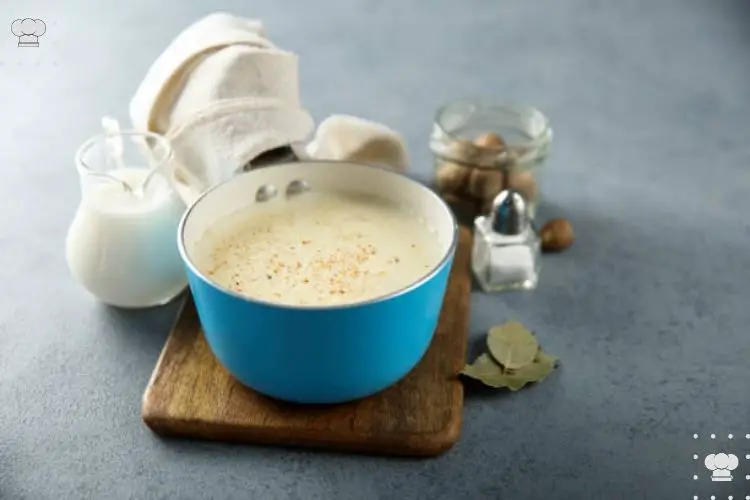
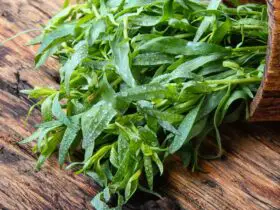
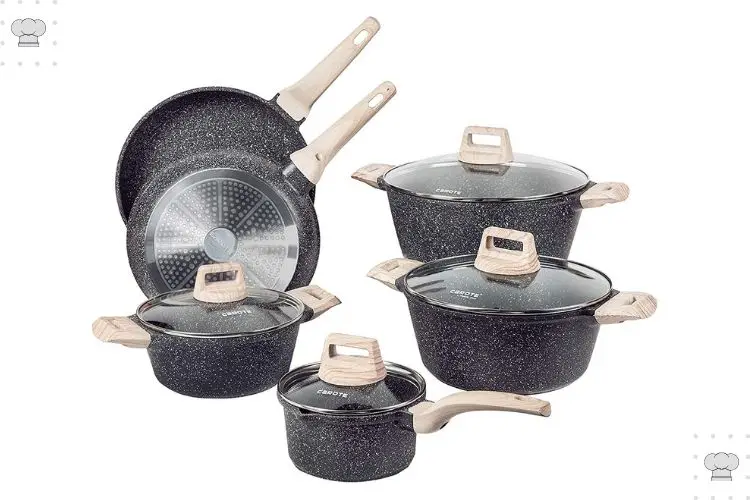

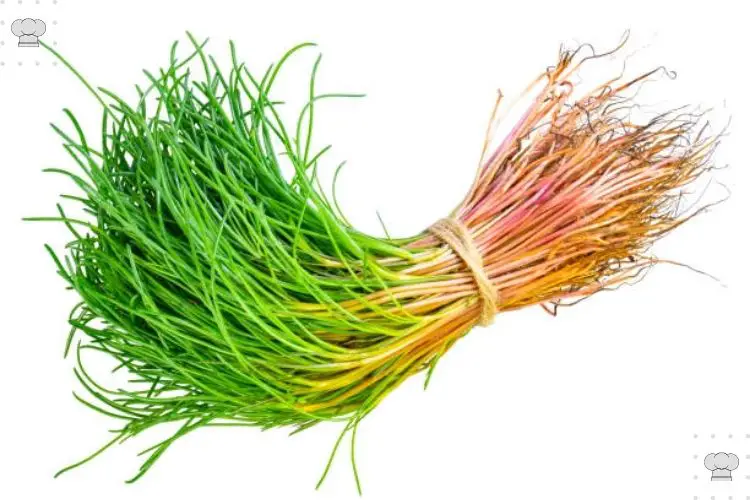
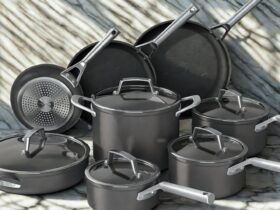

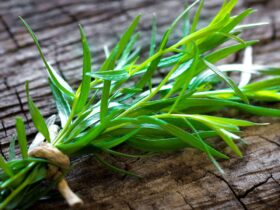


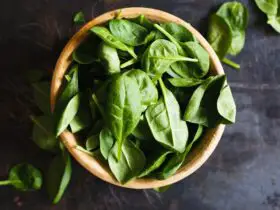
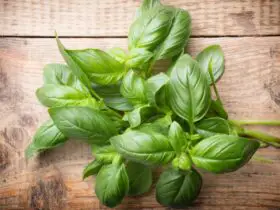
Leave a Reply